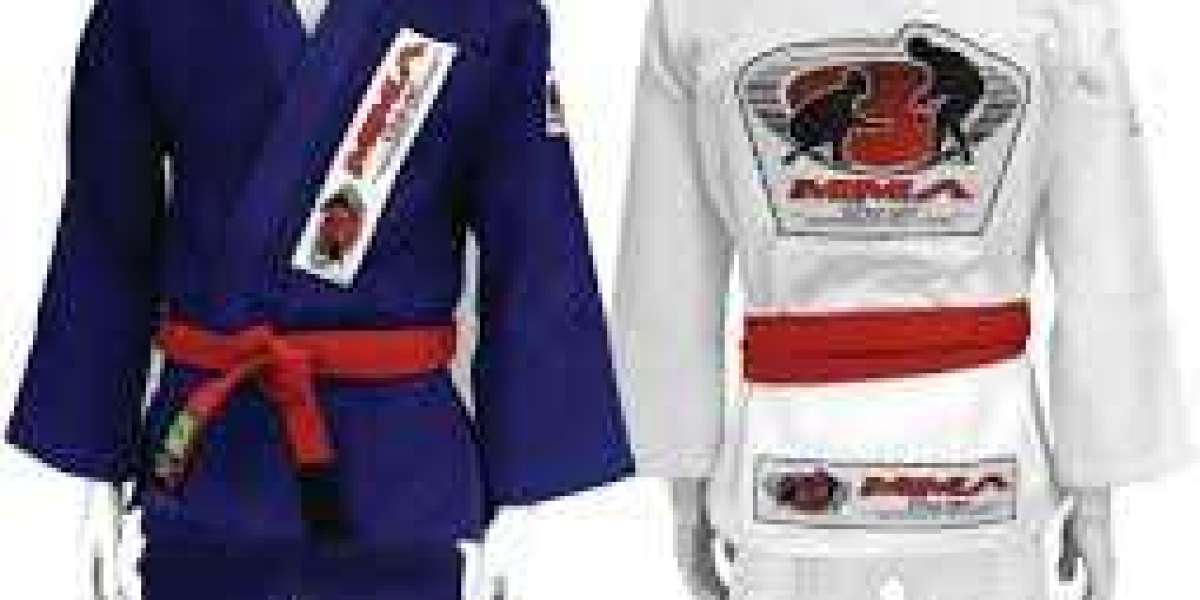Introduction
When it comes to Brazilian Jiu-Jitsu (BJJ), the choice of attire is not merely about comfort and style but also about tradition and practicality. The BJJ Gi, a traditional uniform worn in this martial art, has undergone various modifications over the years. One of the key debates within the BJJ community revolves around the placement and number of patches on the Gi. These patches serve multiple purposes, ranging from personal expression to sponsorship branding. In this article, we delve into the considerations and factors that influence the decision on how many patches your BJJ Gi should have.
Understanding the BJJ Gi
The BJJ Gi, often referred to as a kimono in Japanese martial arts, consists of a jacket, pants, and a belt. It is designed to withstand the rigors of grappling and provide grips for various techniques. Traditionally, the Gi is plain white, blue, or black, with minimal decoration. However, the evolution of BJJ as a sport has seen a rise in customization, including the addition of patches.
Functionality vs. Aesthetics
1. Functionality
Patches on a BJJ Gi can serve functional purposes such as reinforcing seams or providing additional grip points. These patches are usually minimal and strategically placed to enhance durability without compromising flexibility or comfort during training or competitions.
2. Aesthetics
Aesthetically, patches allow practitioners to express their individuality and team affiliation. They can range from small logos or symbols to intricate designs that cover larger areas of the Gi. Aesthetics play a significant role in personal branding and team identity within the BJJ community.
Types of Patches
1. Sponsorship Patches
Many BJJ practitioners are sponsored by brands within the martial arts industry. Sponsorship patches are typically larger and prominently displayed on the Gi to showcase these affiliations. These patches often contribute to the financial support of athletes and teams, making them a crucial aspect of competitive BJJ.
2. Team and Academy Patches
Team patches are essential for identifying affiliations within the BJJ community. These patches usually feature the logo or name of the academy or team to which the practitioner belongs. They foster a sense of belonging and solidarity among teammates during training and competitions.
3. Personalized Patches
Personalized patches allow practitioners to add their own touch to the Gi. These patches can include nicknames, personal mottos, or symbols that hold personal significance. Personalization adds a layer of individuality to the uniform while respecting the traditional structure of the Gi.
Considerations for Patch Placement
1. IBJJF Regulations
For practitioners participating in International Brazilian Jiu-Jitsu Federation (IBJJF) tournaments, there are strict regulations regarding patch placement and size. These regulations ensure fairness and uniformity among competitors while upholding the traditional aspects of the sport. Compliance with IBJJF rules is essential for athletes aiming to compete at the highest levels of BJJ.
2. Comfort and Mobility
The placement of patches should not impede movement or compromise the comfort of the practitioner. Patches that are too large or positioned incorrectly can restrict mobility during grappling exchanges. Therefore, careful consideration should be given to the size and location of patches to maintain optimal performance.
3. Durability
High-quality patches are essential for maintaining the durability of the short sleeve rash guards. Patches should be securely stitched to prevent premature wear and tear, especially in high-stress areas such as the sleeves and collar. Reinforced stitching and durable materials ensure that patches withstand the demands of regular training and competitions.
Cultural and Personal Preferences
1. Cultural Significance
In some BJJ academies and communities, the placement and number of patches hold cultural significance. Certain academies may have specific guidelines or traditions regarding patch placement that reflect their heritage or values. Respecting these cultural norms fosters a sense of tradition and respect within the BJJ community.
2. Personal Preference
Ultimately, the decision on how many patches to include on a long sleeve rash guards comes down to personal preference. Some practitioners prefer a minimalist approach with only essential patches, while others embrace a more heavily decorated Gi to showcase their affiliations and achievements. Personal preference allows practitioners to customize their uniform according to their identity and aspirations within the sport.
Conclusion
The debate over how many patches should adorn a bjj gi reflects the dynamic nature of Brazilian Jiu-Jitsu as both a sport and a cultural phenomenon. Whether for functionality, aesthetics, sponsorship, or personal expression, patches play a significant role in the identity and journey of every BJJ practitioner. By understanding the considerations and factors discussed in this article, practitioners can make informed decisions regarding patch placement and customization while honoring the traditions and regulations that define the sport.
In essence, the number of patches on a BJJ Gi is not just a matter of style but a reflection of the rich tapestry of traditions, affiliations, and personal stories that make up the vibrant world of Brazilian Jiu-Jitsu.








